|
|
|
|
Species Photo Gallery for Macrosteles parvidens No Common Name 14 |
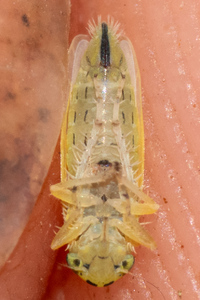 | Photo by: Scott Bolick
Forsyth Co.
Comment: | 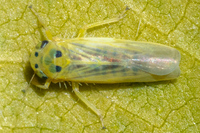 | Photo by: Scott Bolick
Forsyth Co.
Comment: |
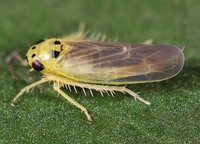 | Photo by: Rob Van Epps
Mecklenburg Co.
Comment: Caught sweeping. | 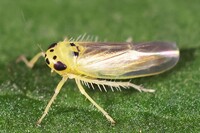 | Photo by: Rob Van Epps
Mecklenburg Co.
Comment: Caught sweeping. |
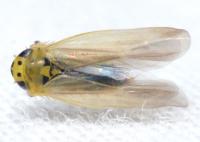 | Photo by: Kyle Kittelberger, Brian Bockhahn
Clay Co.
Comment: male; 3.7 mm | 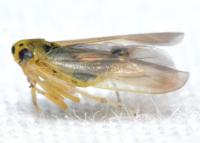 | Photo by: Kyle Kittelberger, Brian Bockhahn
Clay Co.
Comment: male; 3.7 mm |
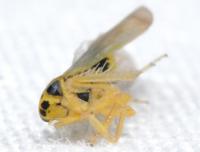 | Photo by: Kyle Kittelberger, Brian Bockhahn
Clay Co.
Comment: male; 3.7 mm | 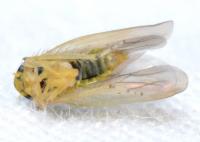 | Photo by: Kyle Kittelberger, Brian Bockhahn
Clay Co.
Comment: male; 3.7 mm |
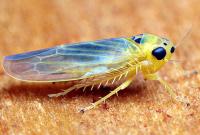 | Photo by: Ken Childs
Out Of State Co.
Comment: |  | Photo by: Ken Childs
Out Of State Co.
Comment: |
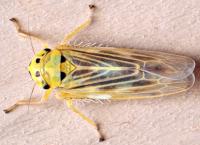 | Photo by: Ken Childs
Out Of State Co.
Comment: | 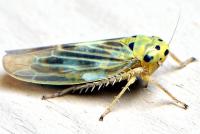 | Photo by: Ken Childs
Out Of State Co.
Comment: |
 | Photo by: Paul Scharf
Avery Co.
Comment: grassy, brushy habitat and forest edge/interior |  | Photo by: Paul Scharf
Avery Co.
Comment: grassy, brushy habitat and forest edge/interior |
|

 »
»
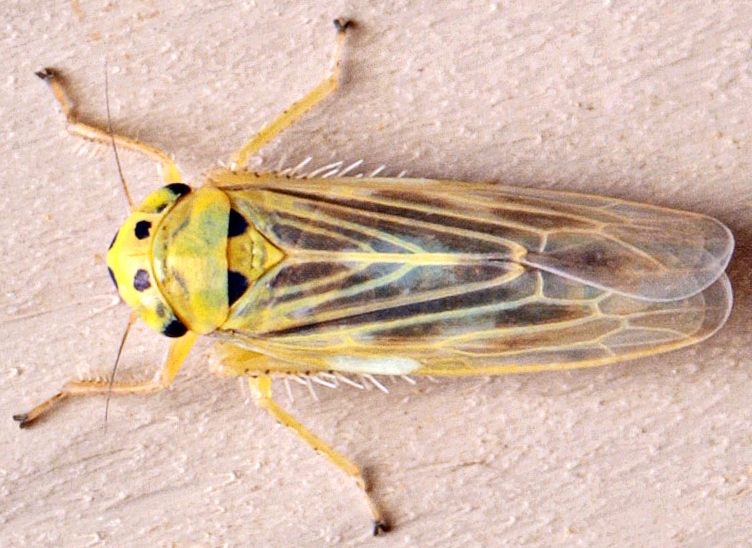

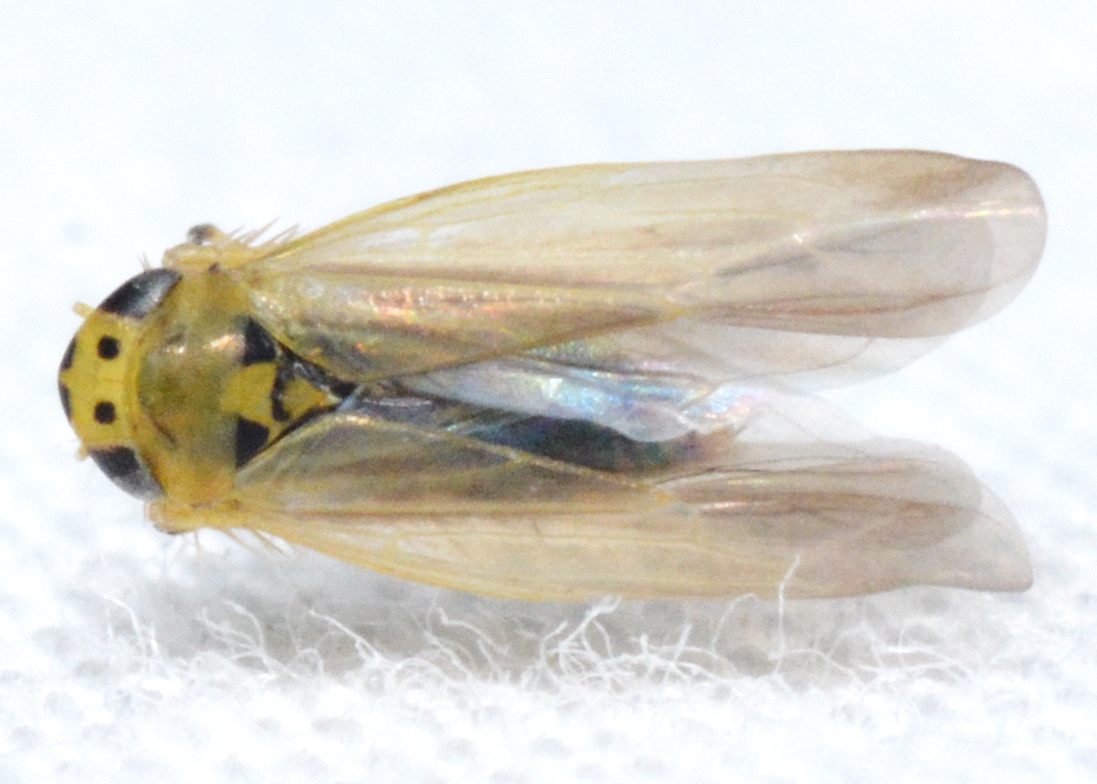

 »
»


